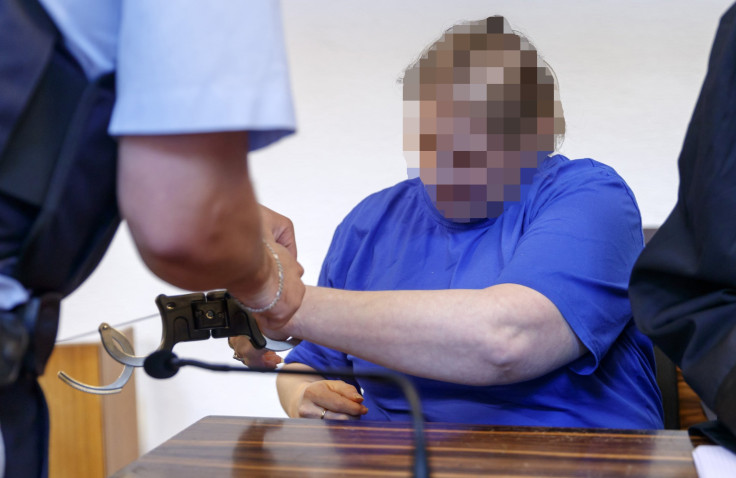Are Female Sex Offenders Common? Mother Abused Son, Sold Him To Pedophiles

A mother and her boyfriend were convicted on Tuesday in Germany for sexually abusing the former’s son and trying to sell him on the darknet to pedophiles — a case that has shocked the nation as well as the world.
The perpetrators, identified only as Berrin T., 48, and Christian L., 39, in keeping with German privacy laws, had abused the victim for two years, from the time he was seven years of age, including touching him inappropriately, raping and making videos of him that were placed as advertisements on the dark web for pedophiles.
The pair was arrested in 2017 for 40 charges of aggravated sexual assault, including rape, forced prostitution, distribution of child pornography and child endangerment.
According to the New York Times, the most horrific aspect of the case was the shattering of common stereotypes regarding motherhood and the accepted norm in the society of sexual predators being male. Both these notions were brought into question by fact that the mother of the victim was equally complicit in the scenario.
Stereotyping sex offenders as predominantly male is not only misleading, it is statistically inaccurate. According to a study by researchers at the UCLA School of Law, published in Aggression and Violent Behaviour, which analyzed the topic of “stereotypes between sexual victimization and gender,” the number of female sex offenders are more than people think.
Looking into the data from a 2010 survey, conducted by Center For Disease Control’s Survey, the researchers found that nearly 4.5 million men in the U.S. had been forced into having sexual intercourse with another person at some point in their lives. The researchers also found that in 79.2 percent of those cases, the accused was a woman.
In a separate 2012 survey by the U.S. Census Bureau, out of a group of sex offenders, 43.6 percent were women, compared to 56.4 percent of men.
A third survey, done in 2014 with 284 college boys as participants, showed that 43 of them had been coerced into unwanted sexual advances. The suspected sex offenders were females in 95 percent of the cases.
“We call for feminist approaches – expansively interpreted – to challenge these stereotypes, making room to consider women who are abusive, power seeking, and sexually aggressive, while taking into account the troubled background many such women possess,” the researchers said. “Those victimised by women are doubly harmed when we fail to treat their abuse as worthy of concern.”
In another example from a chapter called “Female Sex Offenders: Gender and Risk Perception” of a 2014 book titled “Responding to sexual offending: Perceptions, Risk Management and Public” (edited by Kieran McCartan, Professor of Criminology at University of the West of England), data taken from the US Office of Juvenile Justice and Delinquency Prevention in 2009 suggested that around 7 percent of all juvenile sexual offences are committed by females.

In the most recent case, it was found that Berrin, the mother, not only failed to stop her partner, who had a criminal record of abusing a minor in the past, from abusing her son, but also facilitated it by showing him pornographic images of the victim. She also went onto demand expensive gift as bribes in return for letting him abuse her son.
According to court records, the mother was always present in the several instances when her son was abused and at some point even abused him herself. For this reason, Berrin was handed a prison sentence of 12 years and six months, as opposed to her partner, who was handed a sentence of 12 years, despite the latter being the “main culprit.”
© Copyright IBTimes 2024. All rights reserved.






















